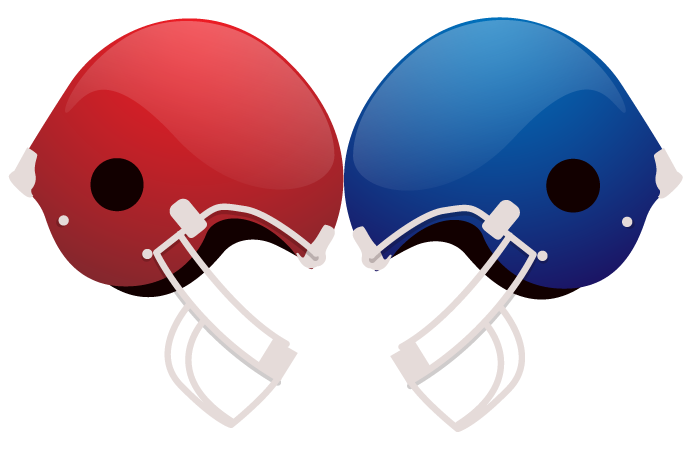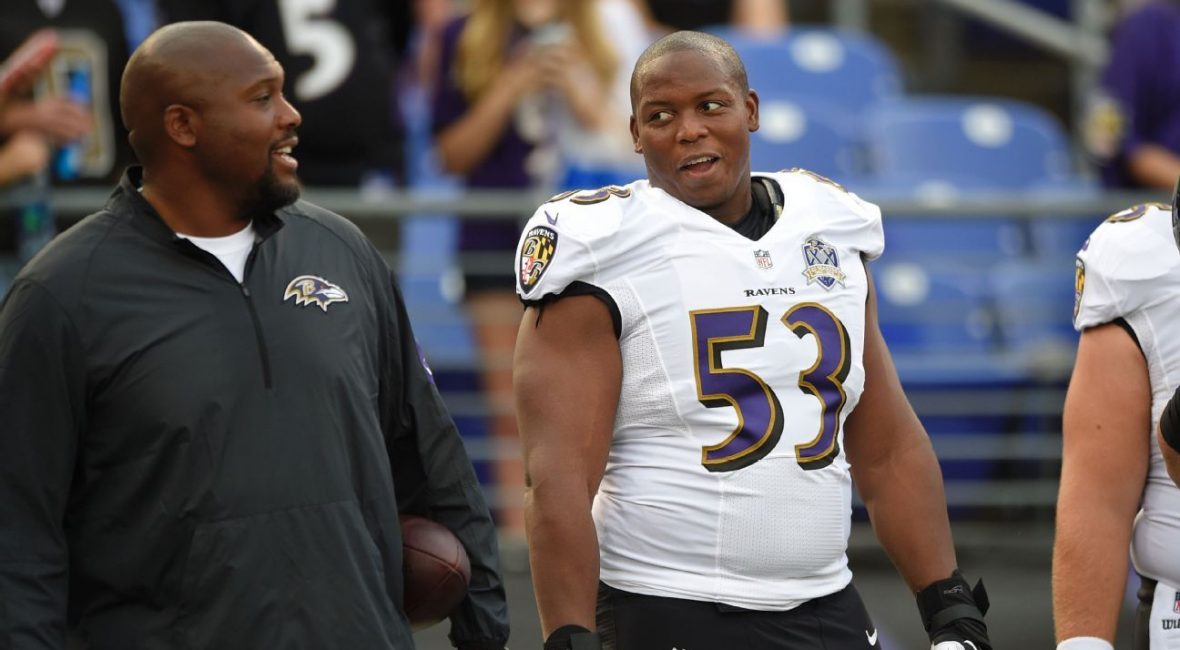Hue Jackson is not ready to name DeShone Kizer the Cleveland Browns’ starting quarterback, but Jackson said that every possibility is on the table as the Browns head into an extended practice week before the second preseason game.
“I think there’s a process to all of this,” Jackson said on a conference call on Friday, the day after the Browns had beaten the New Orleans Saints in the preseason opener. “And I think we’re just in the beginning phase of it for him. You want to do what’s best for your team and for your players, not just because people see a bomb that’s thrown down the field for 45 yards.
“There’s more to playing quarterback than just that. We’re not there yet.”
Kizer created a buzz with his second half, when he completed two passes of at least 45 yards, one for the game-winning touchdown with 1:52 left. He finished the half with 184 yards passing while playing against second- and third-team members of the Saints defense.
Jackson said he was pleased that Kizer made plays with his arm and legs, and that he “stood in the pocket with poise.” He said that calling plays in the huddle and some pre-snap reads continue to be occasional challenges for the rookie.
“He’ll be the first to tell you that there were some things that were not DeShone Kizer-like from practice,” Jackson said. “Some things he needs to work through and continue to get better at. But those things are huge things in games. A lot of those things go unnoticed, but me and him both know there are some things he has to get better at.”
Jackson emphasized it’s simply “too soon” to just say Kizer is the guy.
“I think DeShone did some really good things,” Jackson said. “I think there are some things we have to get cleaned up with him really quickly. But did he take a step? Yes, he did. Obviously he did.”
Jackson will review how he wants to handle a lengthy period of practice ahead, though. The Browns next preseason game isn’t until Aug. 21 against the Giants, and the team will practice six days in a row beginning Saturday.
“It’s the making of a quarterback,” Jackson said. “I think we all know that. It’s the raising of a quarterback. I think that takes time. I don’t think you do things out of a knee-jerk reaction. You don’t make decisions to make them. You kind of let things play themselves out, and they will.
“If a guy is good enough and deserving of the opportunity, trust me, we’re not in a position where we wouldn’t give the best player an opportunity. We’ll continue to work through this, and when we think the time is right, whenever that is, then we’ll make that decision.”
Part of what Jackson is examining is how to handle this practice time, which could provide an excellent opportunity for Kizer to get more reps with the first team against the first team. Kizer could get more time against the Giants’ starters, or he could move up to second team to see better quality defenders to help assess where he is.
“I’m going to think through all these scenarios, I really am,” Jackson said. “I’m going to look at this through these next practices and what it should look like when we get ready to play on Monday night.
“All these things are on the table. Nothing’s off the table. We’ll really look through this and see where we are. But I think right now I’m not in a position to say where I am.”






